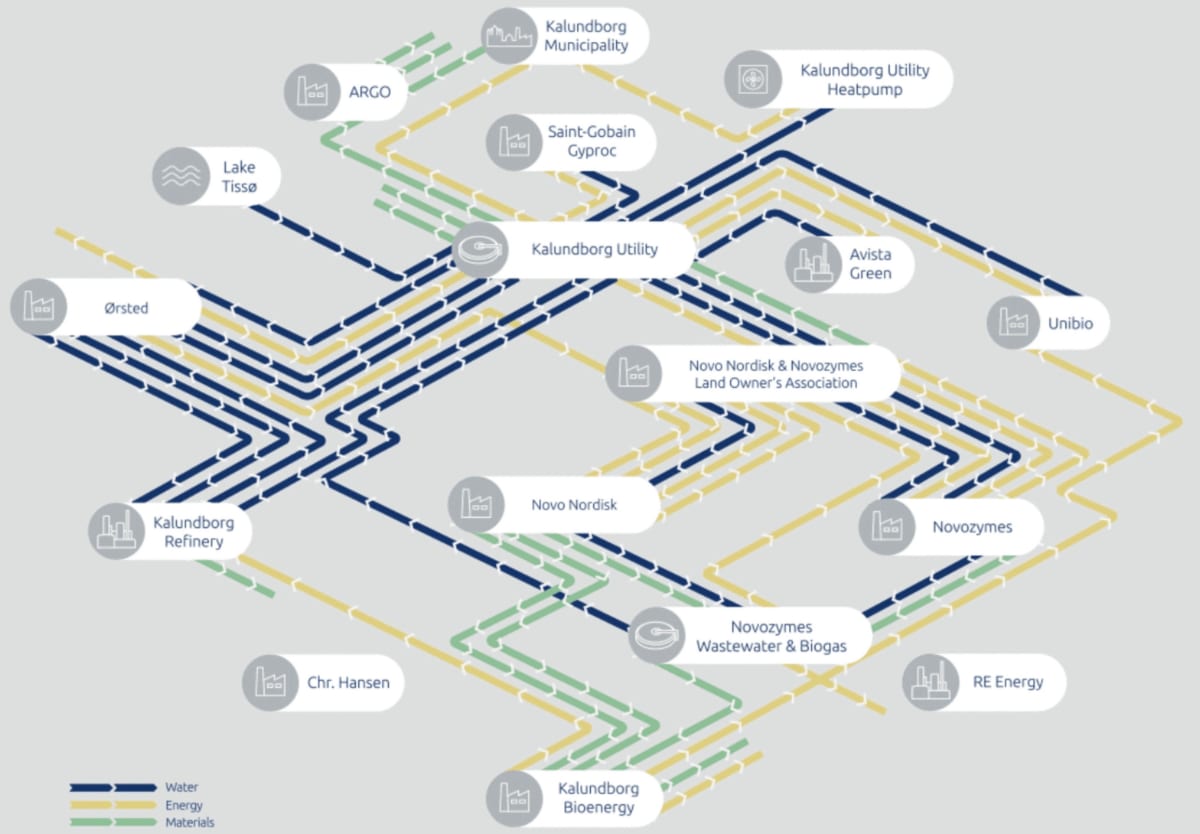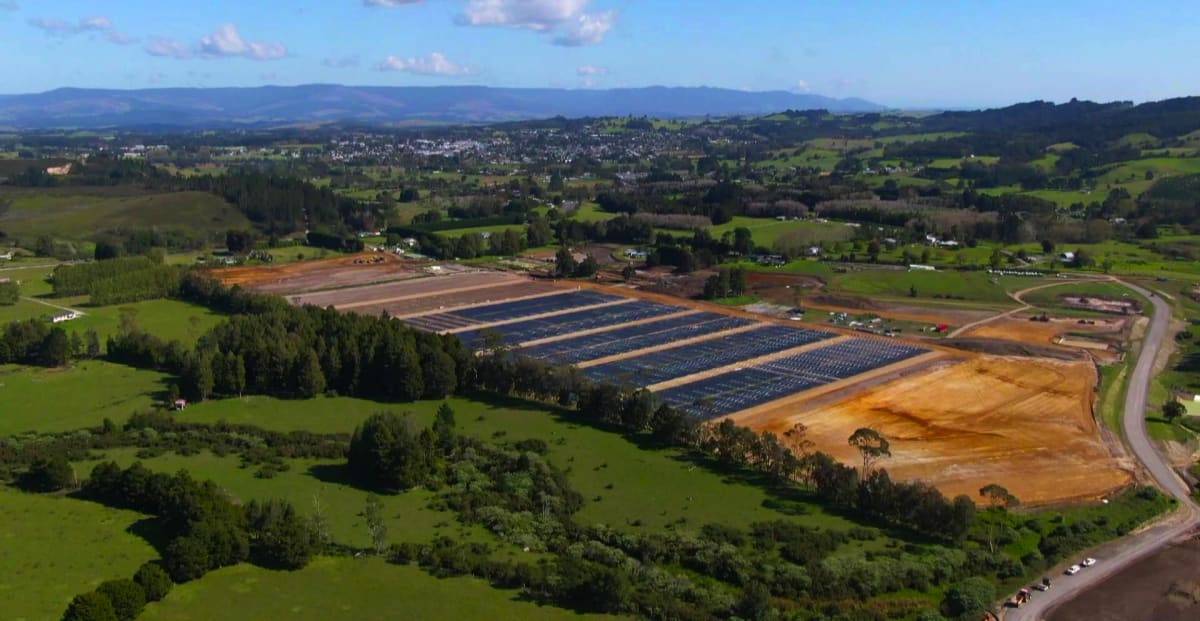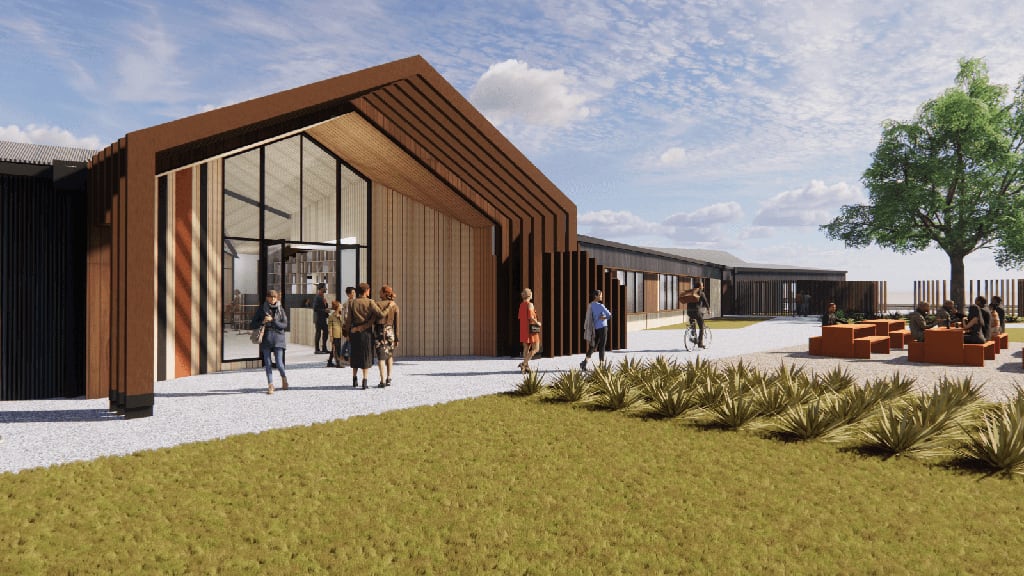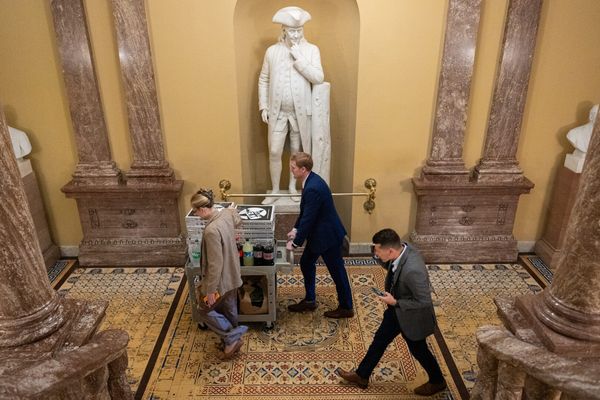
Rod Oram on the extraordinary story of the cow town of Kalundborg tells us how hard it is, how long it takes, and how fully people have to co-operate to create a rewarding circular economy
Comment: What can old Zealand teach New Zealand about the future? Always a lot, particularly with the latest news from the Danish island.
Remilk, an Israeli pioneer of bio-brewing “dairy-identical” proteins, has just announced plans to build a large plant on Zealand with an output equivalent to the milk from 50,000 cows a year. It estimates its process, compared with farming, will use 1 percent of the land, generate 4 percent of the greenhouse gases and use 5 percent of the water.
ReMilk’s big leap into commercial production is well-backed by investors. A few months ago, it raised US$120 million in its Series B funding. It’s in good company. Perfect Day, Real Deal Milk, Change Foods, Imagindairy, Formo and betterland foods are just some of the other companies abroad making rapid progress on animal-free and climate compatible dairy foods.
But why would ReMilk invest in Kalundborg, a town of 16,000 people in Danish dairy country 100km west of Copenhagen? Because for some decades the town and its businesses have been on a journey towards deep sustainability. In doing so, they are very strategic, highly collaborative and fully commercial long-term thinkers and doers.
The town calls its project The Symbiosis because waste products, surplus energy and other by-products from some 20 businesses become inputs for others. Just in the past five years, these relationships have saved 4 million cubic metres of groundwater by using surface water, cut CO2 emissions by 586,000 tonnes and recycled 62,000 tonnes of residual materials.

Since 2015, Symbiosis members have cut their CO2 emissions by 80 percent and the local energy supply has become CO2 neutral. The main power plant, owned by Ørsted, is the largest in Denmark and once the largest coal-fired one, now runs on biomass. It supplies electricity and heat to local homes and businesses, and steam to two local pharmaceutical plants.
Kalundborg Eco-industrial Park, which started more than 60 years ago, is home to many of the members of The Symbiosis. They run from conventional businesses such as an oil refinery and plasterboard maker, to new takes on old businesses such as re-refiner of used engine oil, and pioneers of new tech such as Unibio which converts methane from any source into a highly concentrated protein feedstock for use as an ingredient in animal feed.
Back in 1969, Novo Nordisk, the Danish drugs company, opened a biopharmaceutical plant locally. Since then, the region has built an international reputation in biotechnology, making it an obvious place for ReMilk to invest in large-scale production.
The relationships in The Symbiosis are all commercial and mutually-beneficial ones negotiated between the parties. They extend well beyond the industrial park to include the likes of some farmers, a soil remediation company, a fish processing plant, recycling facilities, other businesses and the municipal government. This large commercial community is renowned for its high degree of trust and collaboration. It is also active internationally, such as with the city of Portland, Oregon.
Here in New Zealand we have nothing remotely like Kalundborg’s sophisticated progress towards a circular economy. Our resource use, production systems and supply chains remain unrelentingly linear and wasteful.
Thankfully, though, we have some pioneers. One is the Sustainable Business Network, which recently launched the country’s first Circular Economy Directory; another is Āmiomio Aotearoa, a circular economy research project at Waikato University.
A third to watch is the Ngāwha Innovation and Enterprise Park under construction outside Kaikohe in the Far North.

Creating circular synergies in the bio economy is central to its strategy, Suzanne Hall, the Park’s leader on start-up and emerging businesses, explained to me on a visit last week. She brings a wealth of experience to the challenge. She founded Living Nature, the natural skincare company, in Kerikeri in 1987.
The first stage of the Park on its 240 ha site, a former dairy farm adjacent to Top Energy’s geothermal plant, is due for completion by year-end. The developers are Far North Holdings, the commercial arm of the Far North District Council, and Northland Inc, the regional government’s economic development agency. The four main elements are:
- A processing and manufacturing hub for small companies in food, beverage, ingredients and natural products.
- Some 10ha of covered, hydroponic facilities to grow a range of crops, plus a coolstore, being developed by Ngāpuhi Asset Holding Company and Far North Holdings.
- Trades training facilities being built by NorthTec, the tertiary provider, and Regent Training Centre.
- An innovation centre, anchored by Northland Inc, to provide R&D facilities, laboratories, business support and other services for young, small companies.

The Park’s strategic focus on the circular economy is dead right. And inevitable. To meet its material needs, humanity has to use all natural resources fully, with none squandered in waste streams or pollution.
The story of Kalundborg’s Symbiosis achievements tells us how hard that is, how long it takes, how fully people have to co-operate. But also how rewarding it is.
Can we do it? Yes, if together we create great opportunities for ourselves through the likes of ambitious climate policies and deep reforms of the RMA, tax and many other dysfunctional areas of our governance.
But no we won’t if we default to our old political slogans and entrenched positions.







